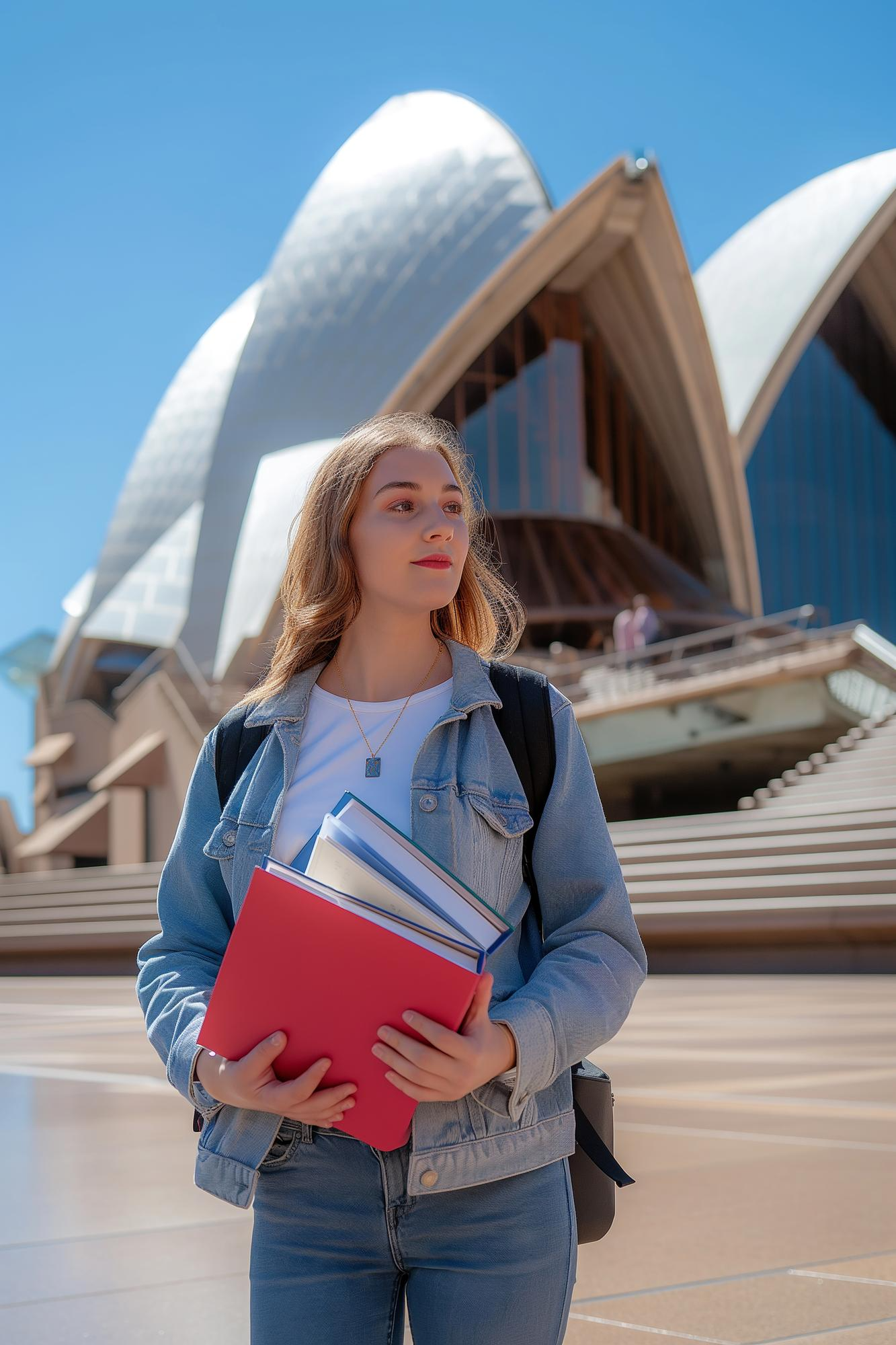Homepage/immigration/GSM Visa/Skilled Regional Visa

The Skilled Regional 887 is a permanent residence visa for skilled provisional visa holders who lived for at least 2 years and gained at least 12 months of employment experience in the specified regional area of Australia. The applicant must in Australia to apply for this visa and when it is granted.
Being a skilled regional visa holder, you can
To be eligible for this visa you must,

Following are the areas of regional Australia along with the postcodes in which you must have lived for at least 2 years, if nominated by a state or territory government.
New South Wales (NSW)
Anywhere except Sydney, Newcastle, the Central Coast and Wollongong
Northern Territory
Queensland
Anywhere except the greater Brisbane area and the Gold Coast
South Australia
Tasmania
Victoria
Anywhere except the Melbourne metropolitan area
Western Australia
Anywhere except Perth and surrounding areas
2311 to 2312, 2328 to 2411, 2420 to 2490, 2536 to 2551, 2575 to 2594, 2618 to 2739, 2787 to 2898
Entire territory
4124 to 4125, 4133, 4211, 4270 to 4272, 4275, 4280, 4285, 4287, 4307 to 4499, 4515, 4517 to 4519, 4522 to 4899
Entire state
Entire state
3211 to 3334, 3340 to 3424, 3430 to 3649, 3658 to 3749, 3753, 3756, 3758, 3762, 3764, 3778 to 3781, 3783, 3797, 3799, 3810 to 3909, 3921 to 3925, 3945 to 3974, 3979, 3981 to 3996
6041 to 6044, 6083 to 6084, 6121 to 6126,6200 to 6799
The Australia Visitor Visa allows individuals to visit Australia for tourism, business activities, or to visit family. It is designed for those who wish to stay temporarily, whether for sightseeing, attending business meetings, or meeting loved ones. The visa typically lasts for up to 3, 6, or 12 months depending on the applicant's circumstances and purpose of visit.
The duration of stay on an Australia Visitor Visa depends on your specific case. Generally, visitors are granted stays of 3 months, 6 months, or up to 12 months. However, the exact length will be determined based on the purpose of your visit and the supporting documents you provide.
To qualify for an Australia Visitor Visa, you must:
Hold a valid passport from an eligible country.
Provide evidence that you have sufficient funds to cover your stay.
Show that you intend to return to your home country after your visit.
Demonstrate that your visit is genuine (tourism, business, family visit).
Yes, you can include your family members (spouse, children, etc.) on your Australia Visitor Visa application. They will be granted the same rights as the primary applicant to visit Australia for tourism or family purposes.
To apply for the Australia Visitor Visa, you will need to complete the online application form, submit required documents (including your passport, travel itinerary, financial documents), and pay the application fee. You can apply through the Australian Government’s Department of Home Affairs website or seek professional assistance from migration agents to ensure a smooth process.
Extensions may be possible while you are still in Australia, but they are granted at the discretion of the Department of Home Affairs. If you wish to stay longer, you must demonstrate a valid reason, and you may need to provide updated supporting documents. It’s advisable to apply for an extension before your current visa expires.
Get the latest posts delivered right to your email.
33 Landy Circuit, Pakenham VIC 3810
25 Peridot Cl, Eagle Vale NSW 2558
Copyright @ 2025 NextGen Migration